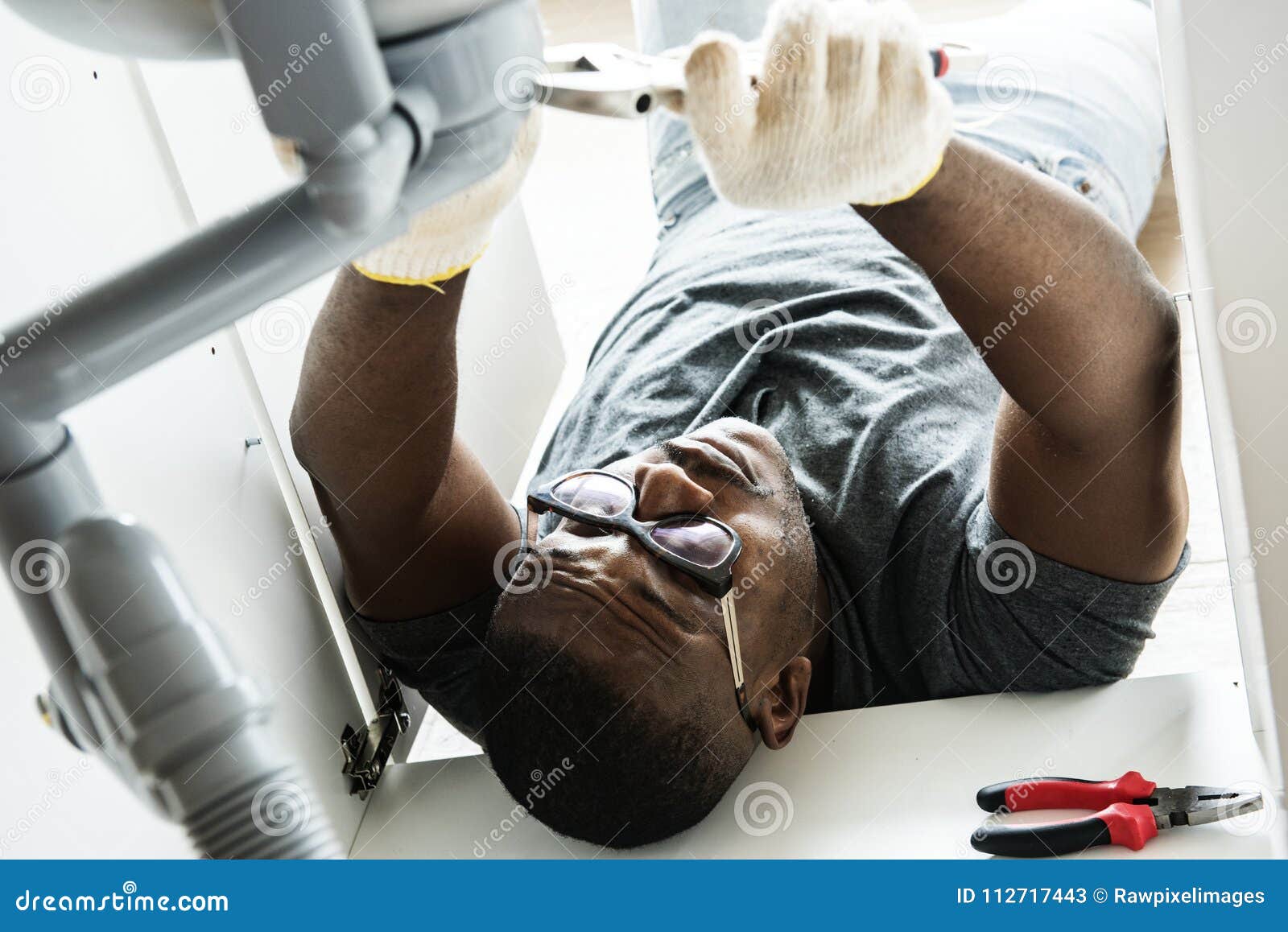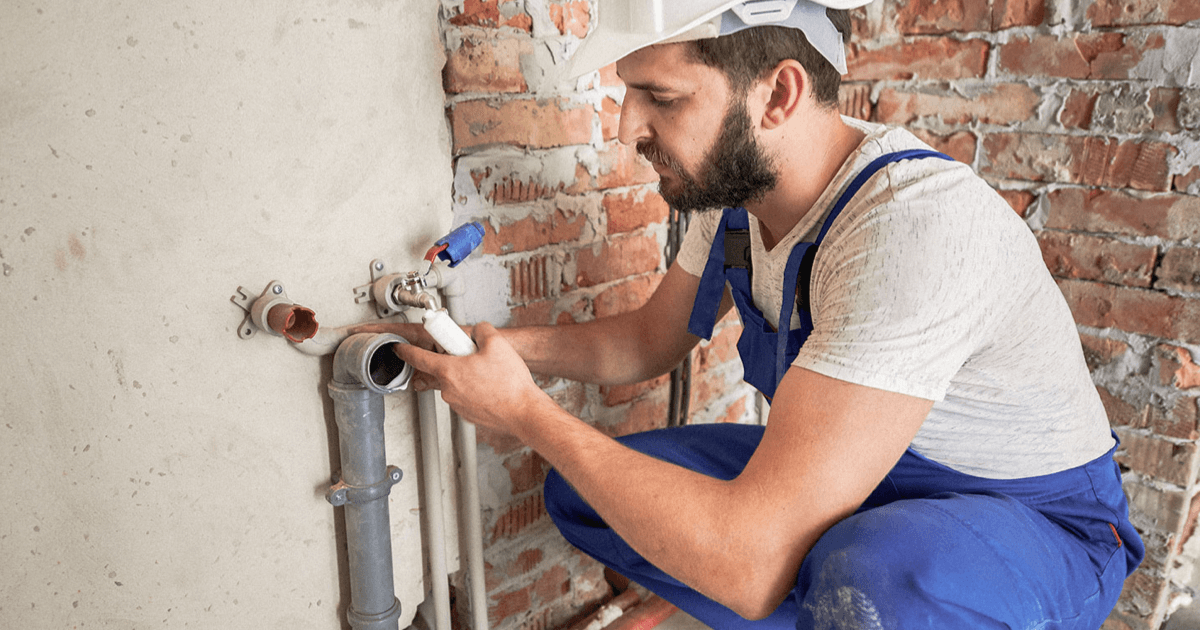Economical Plumbing Services Alabaster AL for Every Budget plan
Economical Plumbing Services Alabaster AL for Every Budget plan
Blog Article
A Detailed Overview to Effective Water Heating Unit Installation for Optimum Performance
Beginning on the task of installing a water heating unit is a venture that requires precision and an organized technique for achieving ideal performance. As you proceed, the details of attaching water supply lines and setting up reliable electric or gas links wait for, encouraging insights right into making sure efficiency and integrity.
Choosing the Right Water Heater

Next, take into consideration the dimension and capability of the hot water heater. It's important to evaluate your household's warm water demands, which can differ based on the variety of owners and their usage patterns. An unit that's too small might lead to not enough warm water, while an extra-large version might cause unnecessary power consumption.
Efficiency rankings also play a pivotal duty in choice. Try to find hot water heater with high Energy Factor (EF) ratings, suggesting exceptional performance and decreased energy usage. Tankless models, though typically extra expensive in advance, offer substantial energy financial savings with time as a result of their on-demand home heating capabilities.
Preparing the Installation Location
Before installing a brand-new water heating unit, meticulous preparation of the installment location is crucial. It's vital to measure the space very carefully to fit the water heating system's dimensions, making certain sufficient clearance around the device for efficient procedure and maintenance.
Check the flooring for security, as the water heating unit will certainly need a strong, level surface to run successfully. If needed, mount a drip pan underneath the device to catch prospective leaks or spills, stopping water damages to the surrounding location.
Furthermore, make sure that all required tools and materials get on hand prior to beginning the installment. This includes items such as wrenches, screwdrivers, a level, and any type of extra equipment needed for protecting the heating unit and mounting. A well-prepared installment location sets the foundation for a successful water heating unit arrangement, enhancing efficiency and safety.
Connecting Water Supply Lines
When connecting water system lines to your freshly mounted hot water heater, it is critical to make sure that all connections are secure and leak-free to preserve efficient procedure and stop water damage. Begin by recognizing the hot and cold water supply lines. The cool water inlet is commonly marked with a blue label or a "C", while the warm water electrical outlet is marked with a red tag or an "H".
Usage flexible water heating unit ports to promote an easier installment procedure. Before connecting the adapters, put a plumbing technician's tape around the threaded ends of the water heating system's inlet and electrical outlet pipes.
When connections remain in location, slowly transform on the main water supply valve. Examine each link for leakages by aesthetically examining and really feeling for dampness. Tighten connections as required, and ensure the stress safety valve is correctly installed, protecting versus too much pressure build-up.
Setting Up Electric or Gas Links
Appropriately establishing the electrical or gas connections for news your hot water heater is a vital step to make sure risk-free and effective procedure. For electrical hot water heater, begin by confirming that the electric circuit is suitable with the heating system's voltage and amperage requirements. Ensure the power supply is switched off at the circuit breaker to prevent crashes. Attach the electric wires to the heater complying with the supplier's electrical wiring representation. Typically, this includes connecting the ground cord to the environment-friendly terminal, and the staying wires to their matching terminals, protecting each with wire nuts.
For gas water heating units, security is critical. Validate that the gas supply is off before continuing. Attach the gas line to the water heating unit using a flexible gas adapter, ensuring it is properly threaded and secured with pipe joint compound or Teflon tape appropriate for gas connections. Tighten up the links with a wrench, making sure not to over-tighten (Drain Cleaning Alabaster AL).
As soon as connections are made, inspect for any type of possible leakages. For gas lines, apply a soapy water service to the joints; bubbles show a leakage. For electric connections, confirm that all electrical wiring is protected and correctly protected, maintaining compliance with regional electric codes.
Checking and Readjusting for Efficiency
With the electric and gas connections firmly in position, the following action is reviewing the operational efficiency of your hot water heater. Begin by thoroughly activating the water and ensuring there are no leaks at any one of the joints or shutoffs. As soon as confirmed, proceed to fill up the storage tank, paying attention to the stress and temperature level setups. It is recommended to set the thermostat to a recommended temperature level of around 120 ° F(49 ° C) to stabilize energy effectiveness and comfort.
Following, execute a complete inspection to her explanation guarantee the home heating aspects or burner are operating properly. For electrical heating systems, utilize a multimeter to verify if the aspects are attracting the suitable present. In gas versions, observe the burner flame; it needs to be blue and stable, indicating effective combustion.
Adjust the settings as required to get rid of inadequacies. Think about executing insulation actions, such as adding a water heating unit blanket, to additionally enhance performance by lessening heat loss. Additionally, examine the anode rod's condition, as a shabby rod can lower efficiency and cause tank corrosion.
Verdict
Reliable hot water heater installment is critical for ensuring optimum performance and energy cost savings. By picking the appropriate type and dimension, and meticulously preparing the setup location, a structure for success is developed. Securely linking water supply lines and thoroughly establishing electric or gas connections minimize prospective concerns. Extensive testing for leakages and precise thermostat modifications to 120 ° F improve reliability and effectiveness. Sticking to these steps advertises long-lasting functionality and energy conservation in residential water furnace.

Appropriately establishing up the electric or gas links for your water heating system is an important step to make sure efficient and safe operation. For electric water heating units, start by confirming that the electric circuit is suitable with the heater's voltage and amperage demands. Connect the gas line to the water heating unit making use of a flexible gas connector, guaranteeing find it is appropriately threaded and secured with pipeline joint compound or Teflon tape ideal for gas links.
Report this page